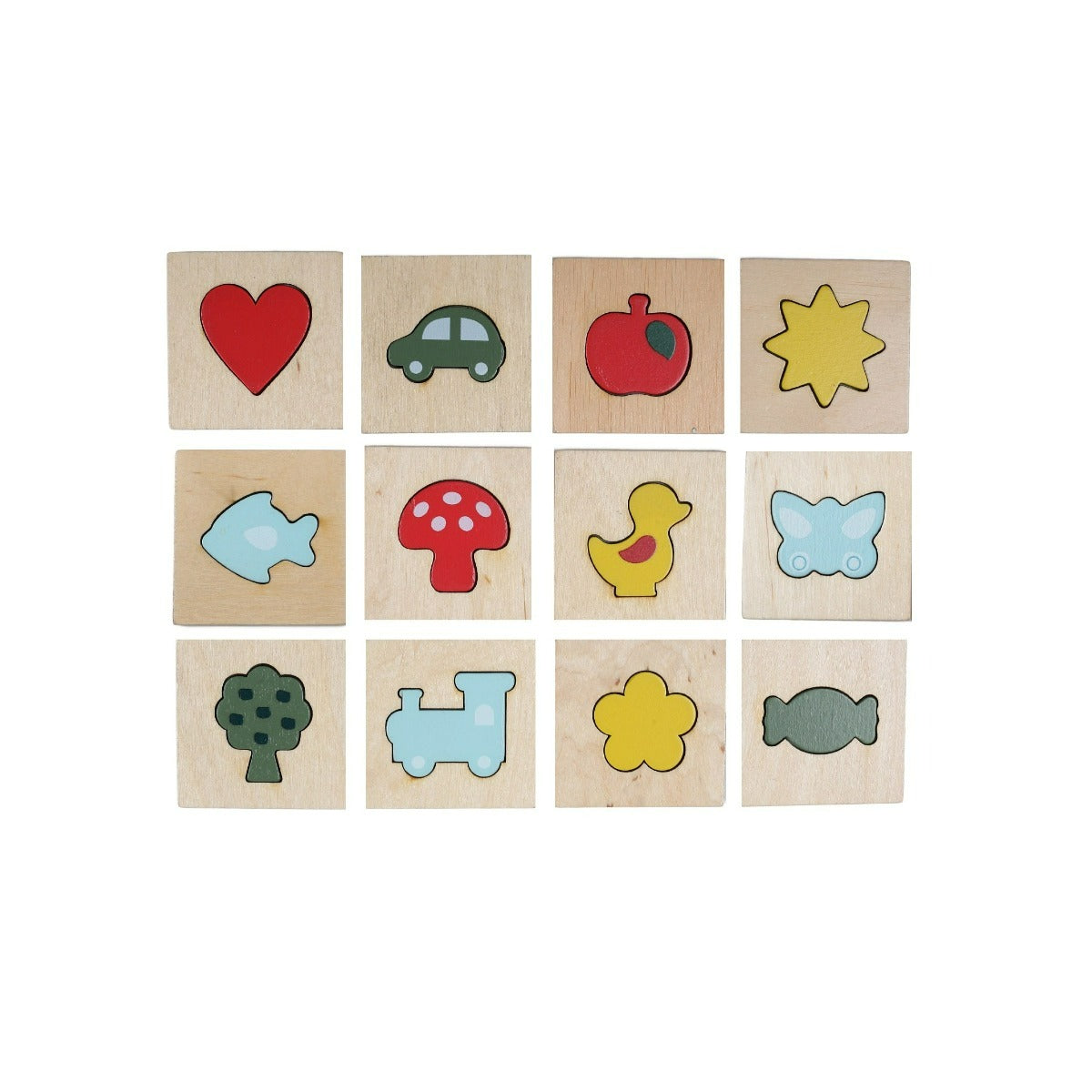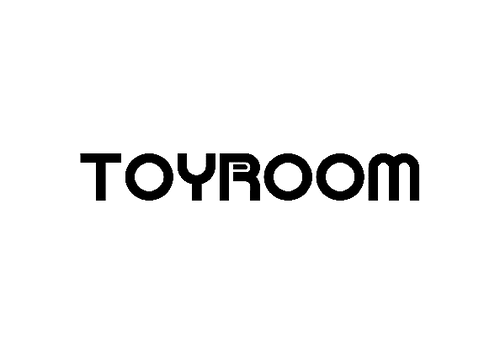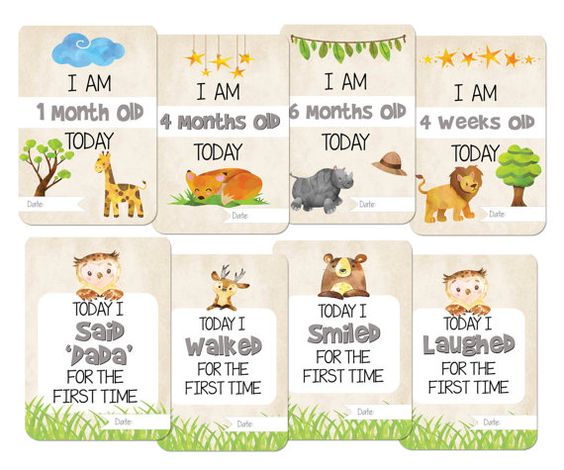The development of our children is one of the greatest joys and a fulfilling journey for parents. Every time we visit the pediatrician, they check for physical growth and head circumference and ask questions to see how baby is doing.
We as parents, are excited each time our baby does something new and it’s great for us to know some of the milestones that our baby should be reaching. It’s also a way to document baby’s developmental path and look back over time, whenever a wave of nostalgia hits us. At the same time keenly observing our baby’s milestones helps us track out child’s development and respond appropriately.
Developmental Milestones are markers to what most babies do at a particular age. These milestones can be seen in an age range and vary from child to child, so different children do different things faster or sooner than others.
There are many ways we can document these. Baby books or milestone cards are a great way to record the many firsts in the initial period of baby’s life. These also give us pointers on what we should be looking for and often have space for attaching some photos or souvenirs from a particular time.
Another way to personalize this is to create your own journal. It has the advantage of being absolutely free flow, you can document as much as you like without being bound by a format. You can attach pictures, make little pouches and stick to preserve some keepsakes (like a lock of hair from baby’s first hair-cut) and get just about as creative as you like.
There are many milestones to look out for. Some of these are:
Physical – Physical milestones include when baby could control the wobbling neck, tracking with eyes, turning, reaching out, grabbing, sitting up, crawling, walking, teething records etc.
Social – Social milestones refer to interactions with others around. These could be smiling at familiar faces, enjoys social games like peek-a-boo, imitates behavior of others, takes interest in others, plays alongside other children, starts making friends, plays with others and so on.
Emotional – Emotional milestones refers to your child’s expression and experience of different emotions. Some of these are using voice to express pleasure or displeasure, toy or blanket baby is attached to, crying when a parent leaves, expresses different emotions etc.
Language – Studies show that language development begins in utero. So your baby is learning the language that is present in your home environment. What you observe is gurgling, cooing, sounds baby repeats, pointing to objects, first word, favourite words, use of pronouns, speaking in short sentences, longer sentences and so on.


